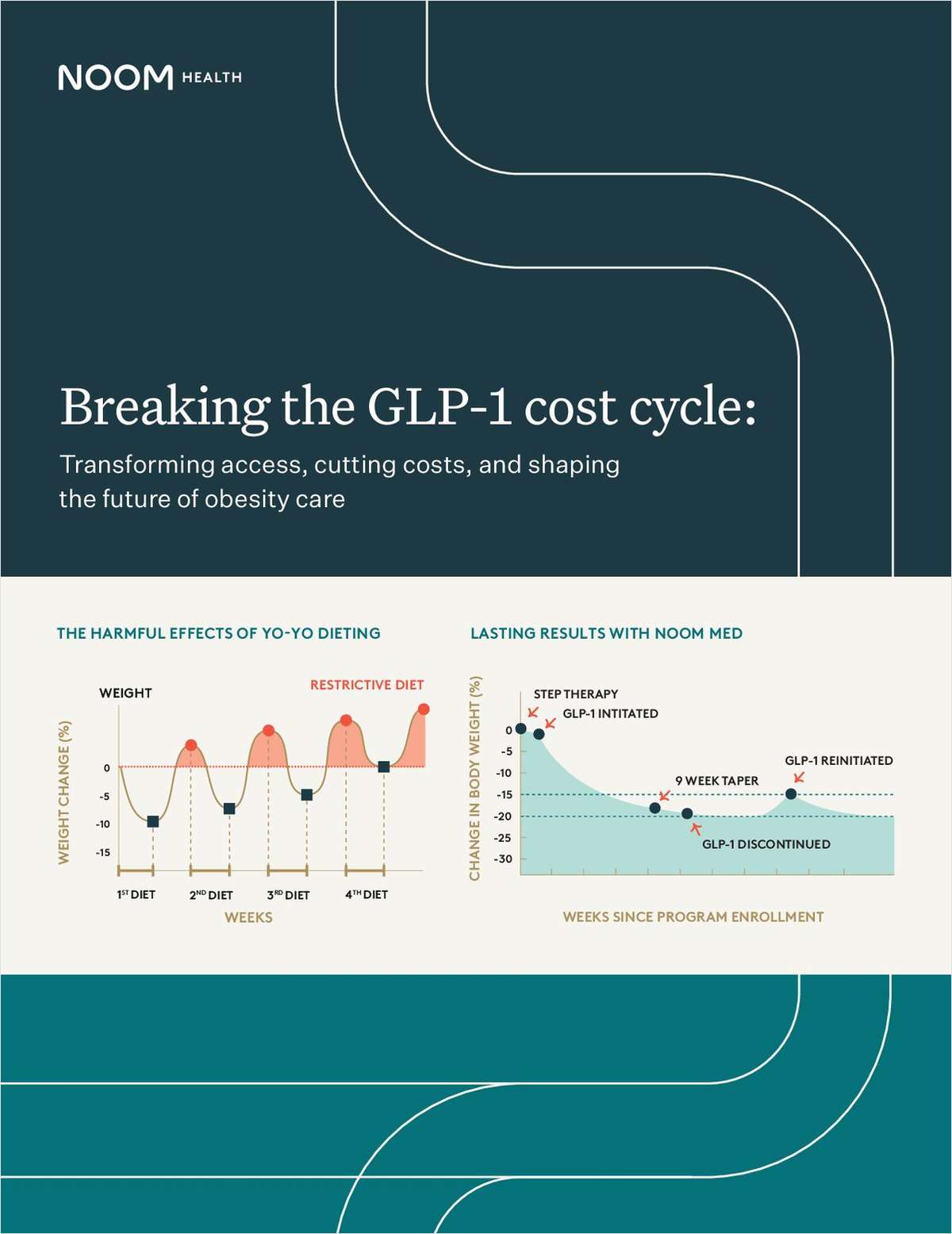Tip for Law Firms: Litigation Funders Prefer Bundled Cases Over Single Suits
The portfolio-based approach to lending is becoming increasingly popular.
April 18, 2019 at 05:40 PM
3 minute read
 Andrew Cohen, Burford Capital's senior vice president. Courtesy photo
Andrew Cohen, Burford Capital's senior vice president. Courtesy photo
The portfolio-based approach to commercial litigation funding is a growing trend among financiers and their law firm clients, with both acknowledging the benefits of bundling litigation, as opposed to concentrating on one-off cases.
There's still a market to finance individual suits, but industry experts say lenders, who have always been conservative about the law firms and cases they back, are turning more to portfolios to capitalize on commercial litigation's potential windfalls.
Pullman & Comley's Adam Mocciolo, who has watched the trends in litigation funding for years, said the uncertainty of jury trials and other factors lead lenders to reject nearly every request for funding for law firms.
“That's the figure, 90 percent, that people typically talk about at industry conferences,” he said.
 Adam Mocciolo, left, a partner with Pullman & Comley, and Kevin McEleney, right, a shareholder with Updike, Kelly & Spellacy. Courtesy photos
Adam Mocciolo, left, a partner with Pullman & Comley, and Kevin McEleney, right, a shareholder with Updike, Kelly & Spellacy. Courtesy photosIn a sector already adverse to risk, a portfolio of cases could work much the same as mutual funds, helping to improve the chances of strong returns from multiple sources, rather than relying on just one piece of litigation.
That's important because commercial litigation funding is nonrecourse, meaning the upfront investment is lost if a law firm borrower comes out on the losing side of the litigation.
“You never know with any one case if you are likely to win,” Mocciolo said. “More cases bundled together smooth out that volatility.”
To increase the chances of financial backing, experts such as Andrew Cohen, senior vice president of Burford Capital LLC in New York, recommend that law firms create a pool of cases. For the lender, this reduces the overall risk, while shaving borrowing expenses and making it cheaper for attorneys to acquire capital.
Especially attractive, according to Mocciolo: litigation over patents or intellectual property, big commercial collections, and breach-of-contract suits, where the legal theory and evidence show potential for significant verdicts or settlements.
Lenders “will take a lot of business tort cases,” said Kevin McEleney, a shareholder with Updike, Kelly & Spellacy. “It's got to be worth a lot of money. They really want not just millions of dollars, but tens of millions of dollars to do a case.”
But there is a catch: the adage that less risk likely reaps smaller rewards.
“The downside is the same as with any other investment,” Mocciolo said. “The more you diversify, the less chance of a nice-sized recovery. If you put all your money, for example, in one stock and that goes through the roof, you will make a large return.”
Read More:
Litigation Funders Push Back Against In-House Lawyers' Call for Disclosure
This content has been archived. It is available through our partners, LexisNexis® and Bloomberg Law.
To view this content, please continue to their sites.
Not a Lexis Subscriber?
Subscribe Now
Not a Bloomberg Law Subscriber?
Subscribe Now
NOT FOR REPRINT
© 2025 ALM Global, LLC, All Rights Reserved. Request academic re-use from www.copyright.com. All other uses, submit a request to [email protected]. For more information visit Asset & Logo Licensing.
You Might Like
View All
Trump Files $10B Suit Against CBS Over Edits to Kamala Harris Interview
3 minute read


Court Declines to Pierce Corporate Veil in Deutsche Bank's $243M Dispute
5 minute readTrending Stories
- 1Two Wilkinson Stekloff Associates Among Victims of DC Plane Crash
- 2Two More Victims Alleged in New Sean Combs Sex Trafficking Indictment
- 3Jackson Lewis Leaders Discuss Firm's Innovation Efforts, From Prompt-a-Thons to Gen AI Pilots
- 4Trump's DOJ Files Lawsuit Seeking to Block $14B Tech Merger
- 5'No Retributive Actions,' Kash Patel Pledges if Confirmed to FBI
Who Got The Work
J. Brugh Lower of Gibbons has entered an appearance for industrial equipment supplier Devco Corporation in a pending trademark infringement lawsuit. The suit, accusing the defendant of selling knock-off Graco products, was filed Dec. 18 in New Jersey District Court by Rivkin Radler on behalf of Graco Inc. and Graco Minnesota. The case, assigned to U.S. District Judge Zahid N. Quraishi, is 3:24-cv-11294, Graco Inc. et al v. Devco Corporation.
Who Got The Work
Rebecca Maller-Stein and Kent A. Yalowitz of Arnold & Porter Kaye Scholer have entered their appearances for Hanaco Venture Capital and its executives, Lior Prosor and David Frankel, in a pending securities lawsuit. The action, filed on Dec. 24 in New York Southern District Court by Zell, Aron & Co. on behalf of Goldeneye Advisors, accuses the defendants of negligently and fraudulently managing the plaintiff's $1 million investment. The case, assigned to U.S. District Judge Vernon S. Broderick, is 1:24-cv-09918, Goldeneye Advisors, LLC v. Hanaco Venture Capital, Ltd. et al.
Who Got The Work
Attorneys from A&O Shearman has stepped in as defense counsel for Toronto-Dominion Bank and other defendants in a pending securities class action. The suit, filed Dec. 11 in New York Southern District Court by Bleichmar Fonti & Auld, accuses the defendants of concealing the bank's 'pervasive' deficiencies in regards to its compliance with the Bank Secrecy Act and the quality of its anti-money laundering controls. The case, assigned to U.S. District Judge Arun Subramanian, is 1:24-cv-09445, Gonzalez v. The Toronto-Dominion Bank et al.
Who Got The Work
Crown Castle International, a Pennsylvania company providing shared communications infrastructure, has turned to Luke D. Wolf of Gordon Rees Scully Mansukhani to fend off a pending breach-of-contract lawsuit. The court action, filed Nov. 25 in Michigan Eastern District Court by Hooper Hathaway PC on behalf of The Town Residences LLC, accuses Crown Castle of failing to transfer approximately $30,000 in utility payments from T-Mobile in breach of a roof-top lease and assignment agreement. The case, assigned to U.S. District Judge Susan K. Declercq, is 2:24-cv-13131, The Town Residences LLC v. T-Mobile US, Inc. et al.
Who Got The Work
Wilfred P. Coronato and Daniel M. Schwartz of McCarter & English have stepped in as defense counsel to Electrolux Home Products Inc. in a pending product liability lawsuit. The court action, filed Nov. 26 in New York Eastern District Court by Poulos Lopiccolo PC and Nagel Rice LLP on behalf of David Stern, alleges that the defendant's refrigerators’ drawers and shelving repeatedly break and fall apart within months after purchase. The case, assigned to U.S. District Judge Joan M. Azrack, is 2:24-cv-08204, Stern v. Electrolux Home Products, Inc.
Featured Firms
Law Offices of Gary Martin Hays & Associates, P.C.
(470) 294-1674
Law Offices of Mark E. Salomone
(857) 444-6468
Smith & Hassler
(713) 739-1250










